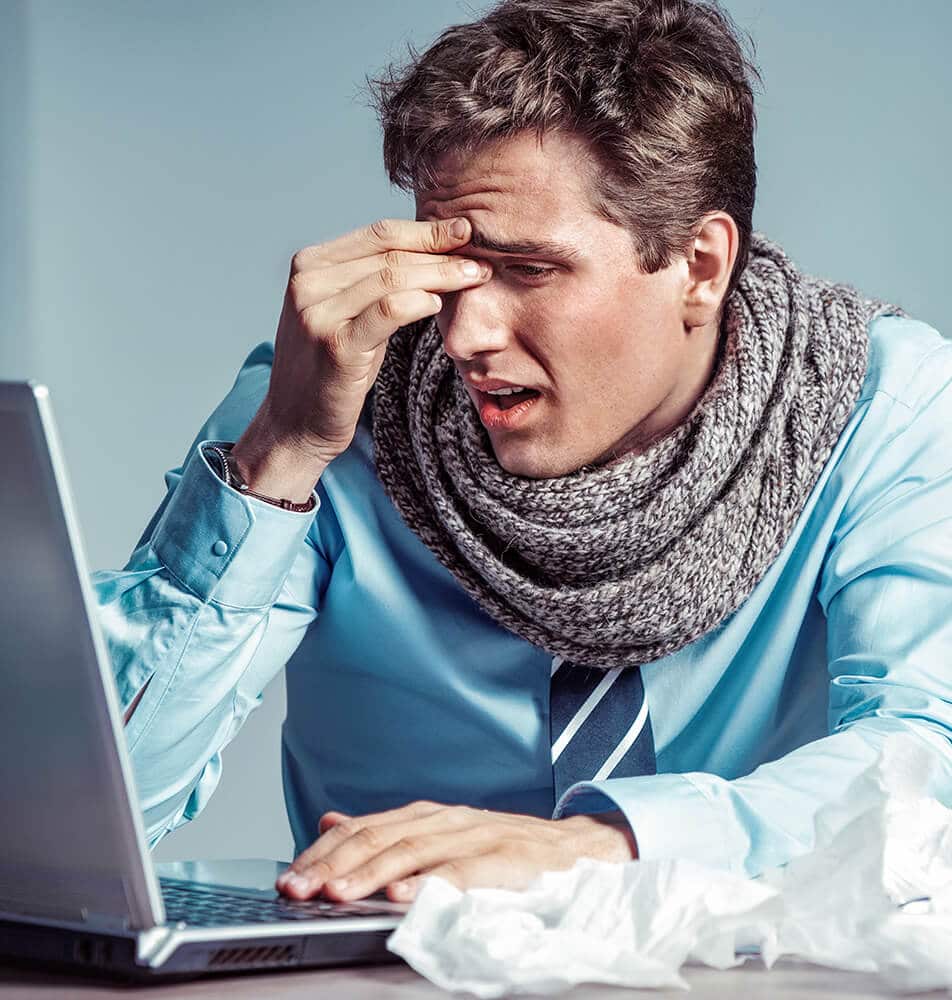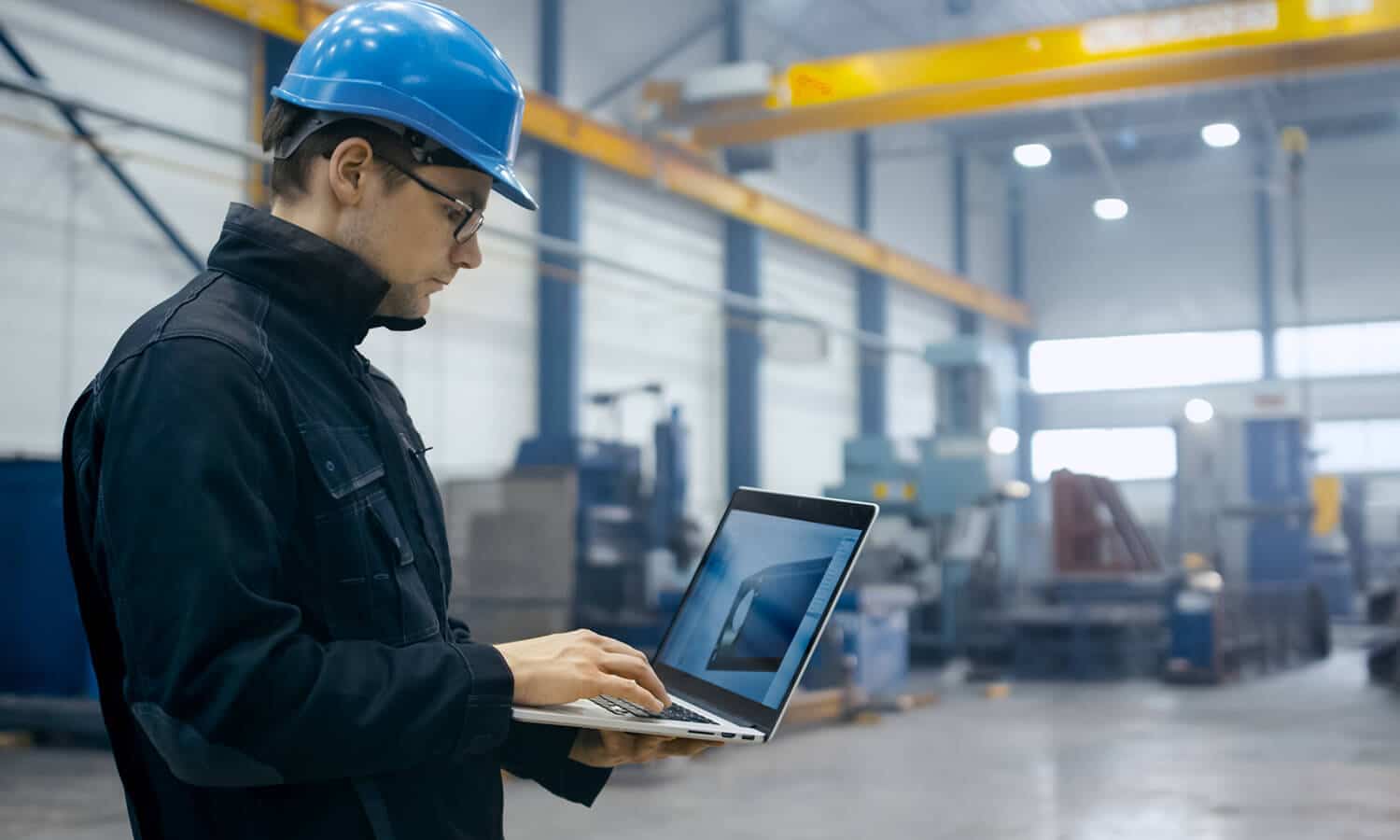Air-Labs Provides Detailed and Thorough Indoor Air Quality Inspections for the Following Enterprises:
Protect Your Income
We spend many of our waking hours at work, and Air-Labs wishes to ensure that all work environments are safe from air contamination. Reactions to indoor air pollution in homes or offices vary in intensity, and not everyone will demonstrate obvious symptoms.
Office productivity can be dramatically affected by airborne pollutants resulting in: employees taking more sick days, a decline in work efficiency, distracting physical symptoms, and loss of concentration and inability to focus. Protect your income from being affected due to: illness, lowered productivity, termination, sick days as a result of mold or other indoor air pollutants.
Some things to consider:
- How often has the ventilation system been thoroughly cleaned?
- How old is the carpeting?
- Are you certain there have never been any water infiltrations, leaking, or elevated humidity at ANY point in time in the work environment?
- Do certain employees experience chronic health issues when in the work environment

Office Spaces


Retail

Restaurants

Production Facilities/Factories

Film Production

Frequently Asked Questions
Air Labs provides asbestos inspections upon request. We provide a bulk sampling of walls, tiles, insulation and other materials that will detail what percentage of the material contains asbestos fibers. We also provide air quality inspections to screen for airborne asbestos fibers post abatement or pre-purchase.
Refurbishing an indoor space requires the aggressive demolition of certain portions of the building. If any of these materials contain asbestos it will create a health hazard as asbestos fibers are released into the air. It is recommended to sample portions of the material beforehand to be aware of any potential asbestos in the materials so proper procedures can be employed.
Efflorescence on your wall indicates a transfer of humidity from outside the foundation.
- Respiratory symptoms that persist longer than two weeks.
- When the structure has incurred water damage from flooding, leaking, infiltration or condensation
- Before purchasing or renting a property
- Unusual odors inside
- Settling a legal dispute.
- Breaking a lease
- To lift company morale/productivity
Our moisture meters can detect if there is humidity inside the wall to help detect the source of the mold.
- A history of water damage inside the building or home
- Musty or “old” odor is present
- Respiratory/health symptoms persisting longer than two weeks
- Before purchasing home to protect your investment.
- After a renovation due to water damage, humidity or flooding: test your environment to ensure a job well done.
- If you suspect a problem in your domicile.
Our mold inspection reports typically include the following
- Lab results. All sampling of either the air, surfaces or bulk materials will be analyzed in our lab by a certified microbiologist. Using the direct microscopic method they will detect the type of mold represented in the sample as well as the concentration. All air samples will be compared to a control sample taken either outdoors or in a non-complaint area to assess if there is an elevated mold count. These results will be interpreted in the report with additional commentary to explain our findings.
- Humidity inspection. We will assess the environment and various surfaces for high humidity. Humidity is an important factor when inspecting for mold. We use the most advanced instruments to gather this crucial data and will help in diagnosing ant potential issues in the structure.
- Photos. Any pertinent visible manifestation will be represented on the written report with photographs to clearly demonstrate our findings and the work that was completed during the inspection process
- Conclusions and commentary. We will interpret and add commentary as well as final include conclusions and recommendations in the report to help guide our clients to a solution.
- Decontamination protocol. When we do find problems during one of our inspections we will end the report with a highly detailed protocol of decontamination. This is meant to guide the client or decontamination company with all the details to effectively and efficiently remove mold from the structure while employing the safest measures possible.
We begin with a telephone interview to understand the context and reason for the visit. On the inspection day, we will then walk through the area of concern with the client to assess the environment. Once the inspection begins our most commonly employed techniques include the following
- Infra red camera / thermal imaging: This technology allows us to detail unusual changes in surface temperatures to assess for leaks or condensation problems.
- Humidity meter: This instrument allows us to asses the moisture level at a depth beyond the surface. So if humidity is gathering behind said surface we can detect it and provide that percentage in the written report.
- Air compressor: Otherwise known as an air pump this allows us to sample the air with accuracy. The pump is carefully calibrated at the beginning of each inspection to offer our clients the most reliable results possible.
- Camera/Flashlight: To document our findings
- We will also employ instruments to gather data related to relative humidity, temperature, dew point, carbon monoxide, and carbon dioxide.

